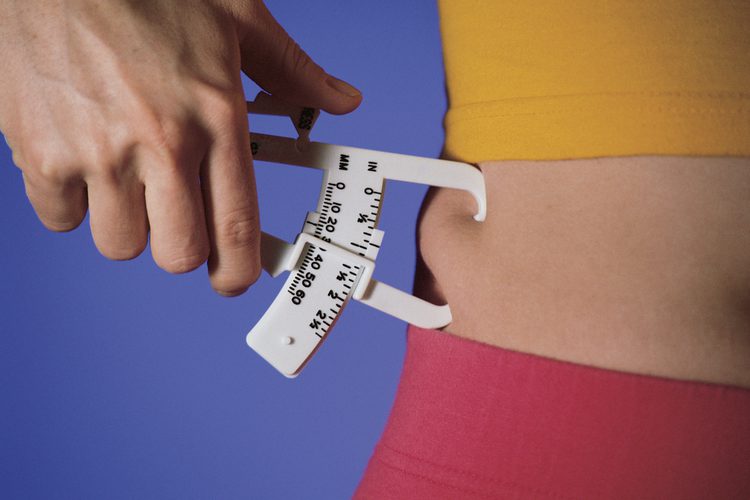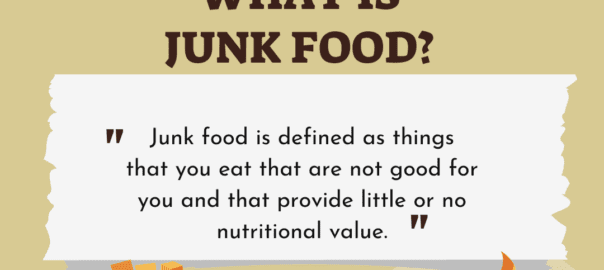The goal of weight loss is to lose weight — to see the number on the scale drop — right? Losing weight means losing pounds. But is there more to it than that? The simple answer: yes.
Rather than getting hung up on “weight loss,” it is more important to focus on “fat loss.” Many people who lose weight are losing more than just fat, they’re losing muscle, which can actually make it more difficult to continue burning fat. Losing both fat and muscle can be a problem for people who experience rapid weight loss, such as after weight loss surgery.
Some people who are trying to lose weight become frustrated because they don’t see the number on the scale move as much as they’d like to, even after trying various weight loss methods, eating weight loss foods and doing everything “right.”
What’s the difference between weight loss and fat loss? To answer this question, we must first understand body composition — how much do you weigh and why? There are various components that make up your total body weight: muscle, fat, water, bone, organs and other body tissues. What you eat, how much you exercise and other lifestyle factors will determine your exact body composition. A measurement known as “body mass index” helps to determine if you are at a healthy weight for your height. By most standards a healthy BMI should fall between 18.5 and 24.9.
When you are trying to lose weight, it is important to remember that the number on the scale doesn’t tell the whole story and it isn’t the only measurement you should be taking. As you increase your exercise level and change your diet, your body begins building muscle mass, while burning fat — and you may not see the number on the scale budge at all. This is because muscle weighs more than fat. One pound of fat is four times larger than one pound of muscle, because muscle is denser than fat. In addition to tracking your weight on the scale, take regular measurements to track inches lost and talk to your doctor or fitness trainer about measuring your body mass index.
A healthy weight loss method is focused on building muscle more than simply burning fat. As an added bonus, the more muscle mass you have in your body, the more calories your body will burn. Here are some weight loss tips to help ensure your weight loss plan is helping you burn fat and not muscle.
Incorporate strength training into your workout routine.
If cardiovascular or aerobic exercise is the only exercise you do, chances are you are losing muscle mass and fat. Incorporate regular strength training into your routine at least three days a week to help preserve and build muscle mass while reducing fat.
Don’t cut your calories from protein.
When you make changes to your diet, cut calories from carbs and fat, but not protein sources. Protein is one of the most essential weight loss foods, as well as a vital nutrient for building and maintaining muscle. It also keeps you feeling full longer and is less likely to be stored by the body as fat, compared to carbohydrates, for example. By following a high protein diet, you will burn more fat and gain muscle, resulting in a healthier body composition.
Eat protein — not carbs — before your workout.
A common misconception is that you should “carb load” before a heavy workout to increase energy and eat protein after your workout. But studies suggest that eating protein before your workout can be just as beneficial for energy, if not more beneficial than loading up on carbs.
If you’re ready to start burning fat in the most efficient way for your body, schedule an appointment with your First Baptist Medical Center weight loss doctor to discuss the right weight loss method for your body.






